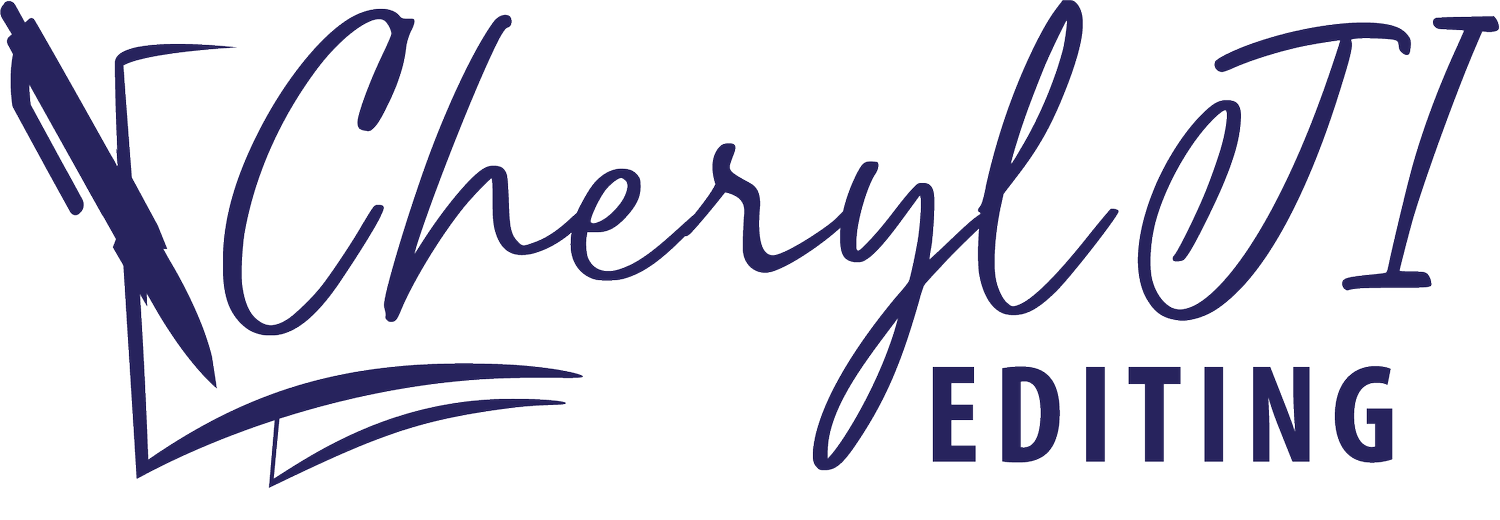Congratulations!
You’ve finally made that “one last change” to your precious manuscript. What’s next?
It’s time to choose the level of editing your work needs in order to deliver the most
engaging, impactful, and meaningful reader experience.
Developmental Editing
Think of this as the big picture. While line and copyediting focus on specific line-by-line edits, such as punctuation, spelling, and grammar, developmental editing provides an overview of the entire story as a whole, including:
Plot
Pacing
Story Arc
Genre
Voice
Point of View
Character Development
Dialogue
Consistency
Line Editing
This level focuses on the style and flow of the words to ensure a smooth, clear, enjoyable reading experience. It’s often combined with copyediting, as the two go hand-in-hand. It addresses:
Word Choice
Redundancies
Wordiness
Dialogue
Verb Tenses
Clarity
Voice
Syntax
Copyediting
This level gets into the nooks and crannies of editing. It focuses on the mechanics, such as grammar and spelling, rather than the overall style as with developmental or line editing. This includes:
Spelling
Grammar
Punctuation
Capitalization
Italics
Word choice
Syntax
Parallel Structure
Redundancies
Proofreading
Now’s the time to catch any errors missed in the previous passes, or that may have been created by any changes. It’s a last chance to eliminate any embarrassing blunders that could detract readers from your story. Proofreading addresses:
Spelling
Grammar
Punctuation
Capitalization
Widows and Orphans
Extra Spaces
Page and Chapter Numbering
Consistency
